When using pyroelectrics, care must be taken not to exceed the maximum pulse width or the maximum repetition rate. If either of these specifications is exceeded, your measurement accuracy will degrade due to the electrical bandwidth limitation of the detector.
The detector calibrations are done using a double monochromator in order to minimize stray optical noise, especially in the ultraviolet. Three gratings and two light sources are used by the monochromator to maximize the signal to noise performance over the 200 to 1800 nm wavelength ranges. A deuterium lamp is used in the ultraviolet range up to 310 nm and a tungsten lamp is used thereafter in the visible and near infrared.
Newport uses two standard detectors that are sent to NIST with an exception of 818-IS and 918D-IS series detectors, which are sent to NRC (National Research Council Canada) for calibration on an annual basis. One of the standard detectors is used for the wavelengths between 200 to 1100 nm and the other for 780 to1800 nm. The absolute responsivity accuracy of NIST's standard detectors is based on a cryogenic radiometer which has a relative expanded uncertainty (k=2) to absolute SI units of 0.2%.
Prior to calibrating a manufacturing lot of detectors, the optical flux from the monochromator is measured in 10 nm steps using the NIST traceable standard detector throughout the wavelength range in which the detector-under-test (DUT) is to be calibrated. Since we know from NIST the responsivity of the standard detector, we calculate the optical flux of the monochromator using the following relationship:
Fluxmono ([W] = imeasured [A] / ResponsivityStd Det ([A/W]),
where imeasured is the measured current of the standard detector.
Knowing the flux coming from the monochromator, we measure the photocurrent of the DUT in 10 nm steps and divide this current by the monochromator flux to get the spectral responsivity of the detector in units of A/W.
Because the responsivity of a photodiode is temperature sensitive, especially near the ends of its usable wavelength range, we maintain the temperature of the standard detector and DUTs at the temperature where NIST calibrated the standard detector. This temperature control is critical for an accurate calibration. For example, silicon's temperature dependency induces a responsivity change of approximately 10% at 1100 nm with a 5°C change near room temperature.
Although most people want to make measurement in units of dBm or Watts, an optical power meter is only capable of measuring either the current or the voltage generated by a photodetector.
When interfacing with a photodiode, the quantity that must be measured is current. There are numerous techniques in measuring this current, but only one will yield the detectivity, signal-to-noise, and accuracy that is expected from a semiconductor photodiode. A circuit known as a transimpedance amplifier is the circuit of choice when using a photodiode (Figure 5).
 Over 8,000 products in-stock! & FREE 2-Day shipping on all web orders!* Learn More FREE T-Shirt with orders $250+ Details
Over 8,000 products in-stock! & FREE 2-Day shipping on all web orders!* Learn More FREE T-Shirt with orders $250+ Details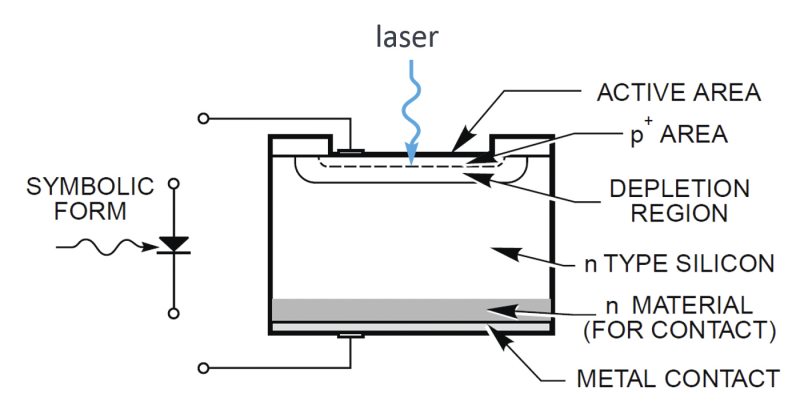
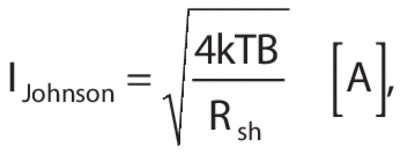

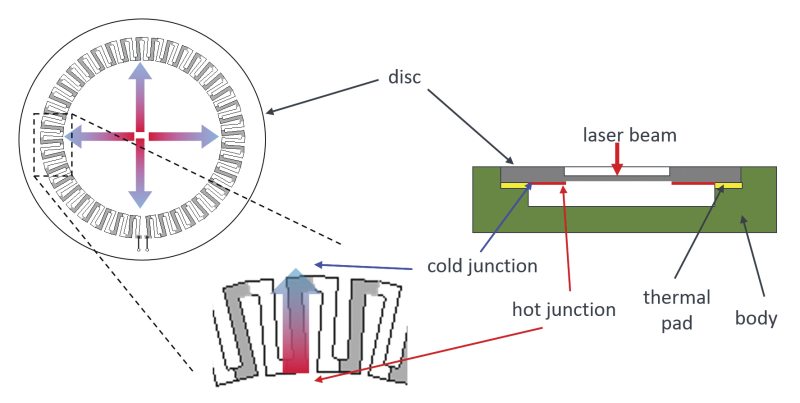
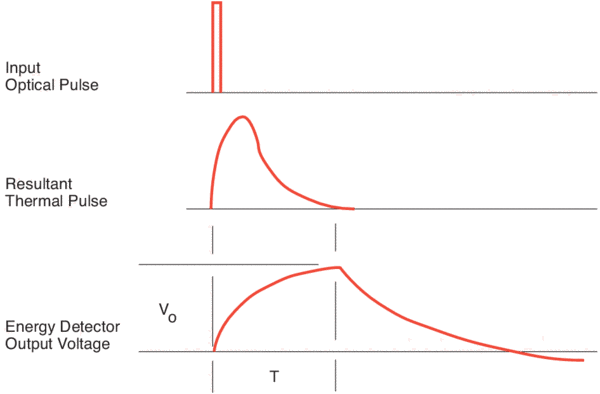
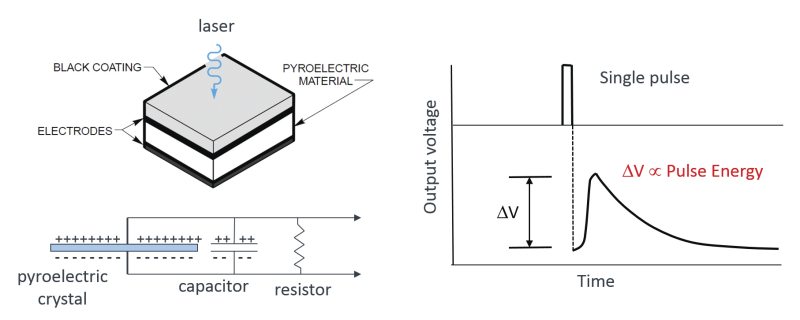
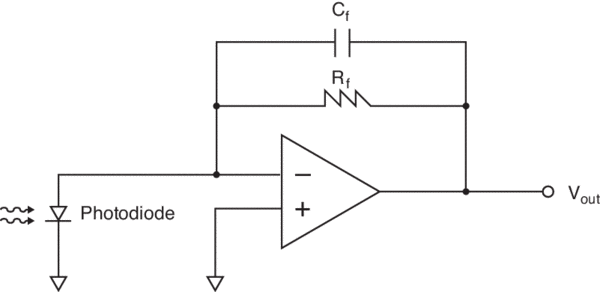
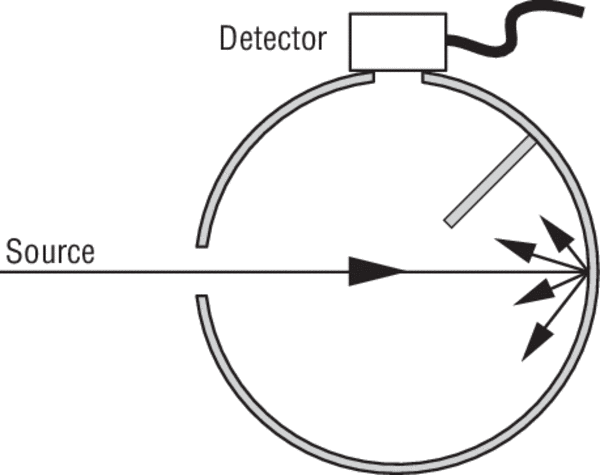
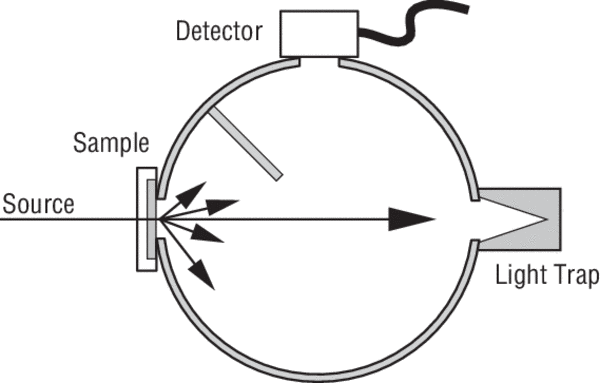
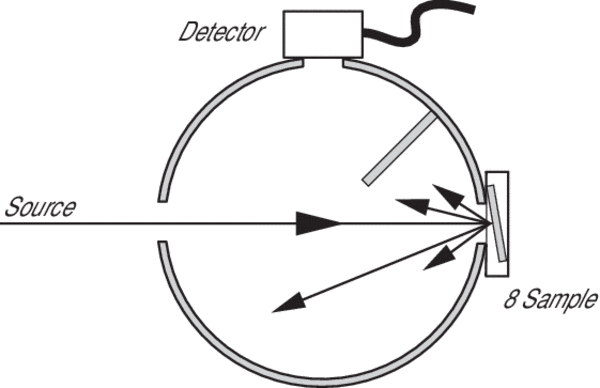
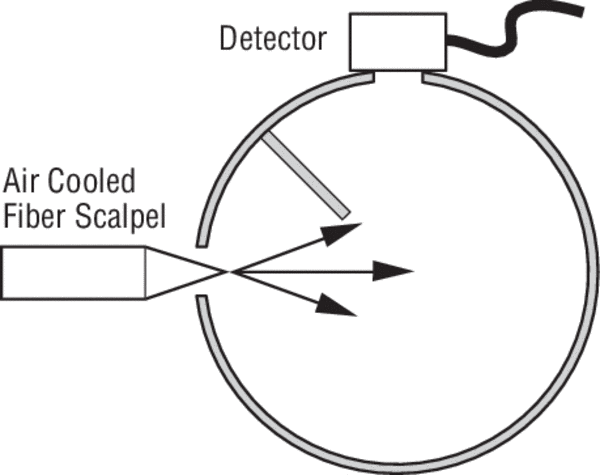
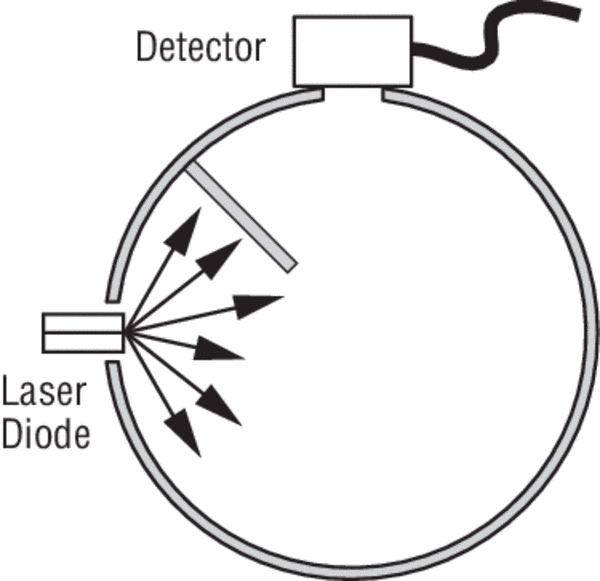
 Ultra-High Velocity
Ultra-High Velocity